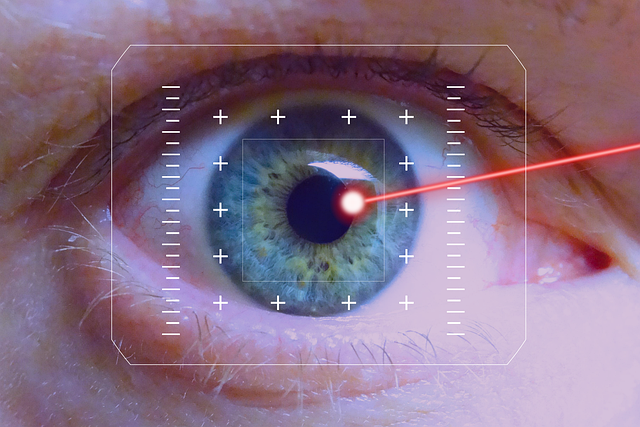In today’s world of high-definition visuals, where technology continuously pushes boundaries, the clarity and quality of what we see on our TVs and monitors is paramount. However, hovering beneath the surface of these stunning images is an invisible foe known as compression artifacts. These detrimental elements can significantly distort the viewing experience, diminishing the beauty of our favorite films and television shows.
Compression artifacts are the unwanted byproducts of data compression, a technique used to reduce file sizes for quick transmission and efficient storage. While compressing images and videos allows us to stream content seamlessly on our high-resolution screens, it can lead to a degradation of quality. What was once a crystal-clear picture may become marred by pixelation, blurring, and color banding, disrupting the immersive experience we seek.
As we immerse ourselves in the latest television technology, it’s essential we recognize how these artifacts manifest themselves. Take, for example, that gripping scene in your favorite series where every detail holds emotional weight. If compression techniques have introduced artifacts, you may find fine textures in clothing or subtle facial expressions are lost or distorted, breaking the emotional connection that the filmmakers intended.
Monitors with advanced display technology, such as OLED and QLED, showcase colors and contrasts that captivate our eyes. Yet, despite these advancements, the resilience against compression artifacts can vary based on the source content and its compression level. If a video stream is compressed too aggressively, even the most sophisticated display technology becomes an unwitting accomplice in delivering a less-than-perfect viewing experience.
Visualization of sound and light is a delicate dance. Modern compression algorithms are designed to maintain clarity, but they often struggle with complex scenes laden with motion or intricate details. Imagine watching a thrilling sports event—the fluid action, the cheers of the crowd, the vibrancy of the uniforms. When compression artifacts intrude, that excitement can turn into frustration as the image stutters and loses its vibrancy. The joy of being drawn into the moment is overshadowed by the realization that something is off, leaving us viewers longing for the clarity that great content deserves.
To combat these visual enemies, manufacturers and content providers must strike a balance. They need to optimize compression techniques to retain as much quality as possible. As technology improves, there are ongoing innovations aimed at reducing the impact of compression artifacts. Adaptive streaming technologies, which adjust resolution on-the-fly based on the user’s connection speed, have shown promise. They can potentially deliver higher quality visuals, minimizing the chances of distortion, rewarding viewers with an experience closer to the creator’s vision.
As avid consumers of visual content, understanding the intricate relationship between compression and display technology can empower us to appreciate the artistry and effort that go into creating our favorite media. Being aware of compression artifacts enhances our viewing experience, prompting us to seek the highest quality sources available. In an age where clarity is not just a luxury but an expectation, it is crucial to advocate for better compression practices and demand the fullest visualization of the stories we cherish.




